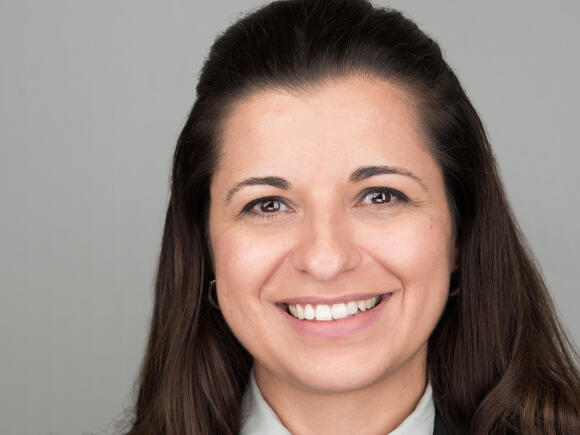
I had excellent support from senior mentors at LSTM. I think that this was key to my success as it allowed me to increase my visibility at LSTM and demonstrate that I was performing as an independent PI whilst receiving career advice and support.
I first applied for the LSTM career track (previously known as tenure track) in 2012 after 3 years postdoctoral research at LSTM. At that time, I had just secured a MRC/FAPESP (Sao Paulo Research Foundation) research grant of £221K for 3 years with Stephen Gordon and Eliane Miyaji (Butantan Institute, Brazil)). Stephen was a very supportive mentor and nominated me for the scheme, as Head of DoCS. During that time, I do not think LSTM had grant attribution as we have now, at least not for postdocs. At that first application my salary was fully covered for the tenure track period (3 years). I had over 10 years of research experience both in Brazil and in the UK, with 25 published manuscripts (all peer reviewed with impact factor between 2 and 13); 9 manuscripts as first author and 1 as senior author. I had also won a couple of small pump priming grants as PI (£3K and US$25K). I had contributed to teaching and supervised some students: 1 PhD and 3 MSc students. I was unsuccessful in this first application and the feedback from the career track committee was that I was not ready and needed to demonstrate independent grant income and research independence from my supervisor. I then reapplied 3 years later (2015) and was successful. At this stage, I had successfully secured substantial grant funding from Bill and Melinda Gates Foundation (£1.6M over 3 years) as well as a MRC Programme grant with Stephen Gordon (£2.3M over 5 years), of which I got 50% attributed. This was, in my view, the major criteria that enabled my success this time. I now had 30 manuscripts published, with the same 9 as first author and 2 as senior author. My efforts to bring PhD students to LSTM via the science without borders programme had generated 3 PhD students to LSTM fully funded by the Brazilian government. I had continued to contribute to teaching and students supervision (4 PhD students, 1 MRes and 5 MSc students). Another major difference at that point in my career was that I could demonstrate increased international visibility: I was being invited to give talks at major international conferences and considerably expanded my network of collaborators.
Throughout the career track process, I had excellent mentorship and support from senior mentors at LSTM (Alister Craig, Steve Ward and David Lalloo). I think that was key to my success as it allowed me to increase my visibility at LSTM and demonstrate that I was performing as an independent PI whilst receiving career advice and support. I received feedback about my progress at the career track review meetings, these were always positive and constructive. My journey during the process was very successful, I was promoted to Senior Lecturer 6 months after entering the career track. This was given by the promotion board, which is a different process and board from the career track one. I was signed off after 30 months of being in the career track and at that point I had an additional £535K of grant income and a couple of grant applications submitted to the MRC as PI and Co-I. Within that 30-month period I had also published 15 manuscripts and had another 5 manuscripts in preparation as well as increased my contribution to teaching and to LSTM committees. I was leading a group of 22 members of staff including 4 PDRAs, 4RAs, 6 Research nurses, 4 clinical fellows and 2 administrators. Very important, I could also demonstrate career progress of my mentees, and one of them had now secured DCF funding (Simon Jochems).